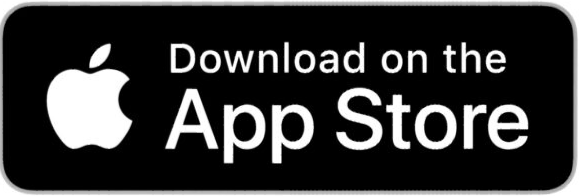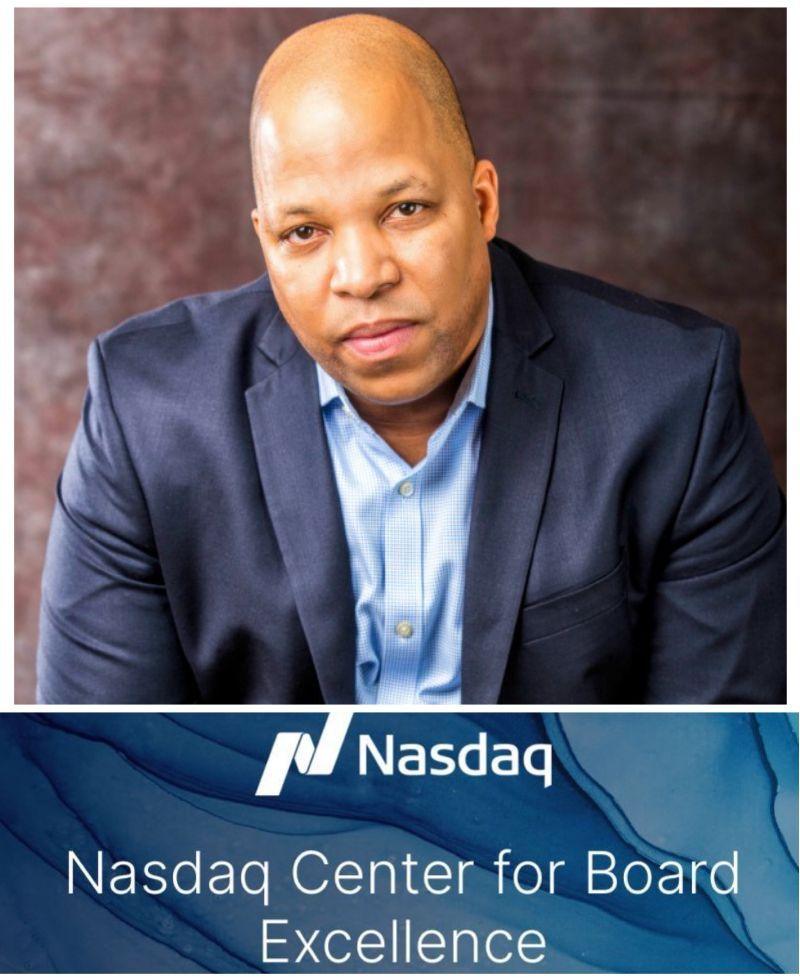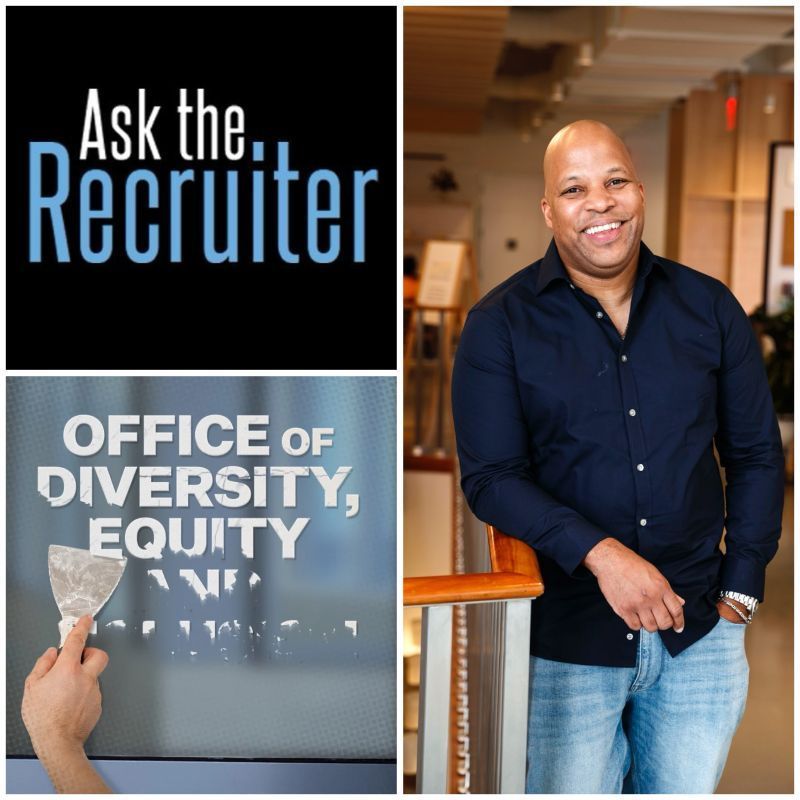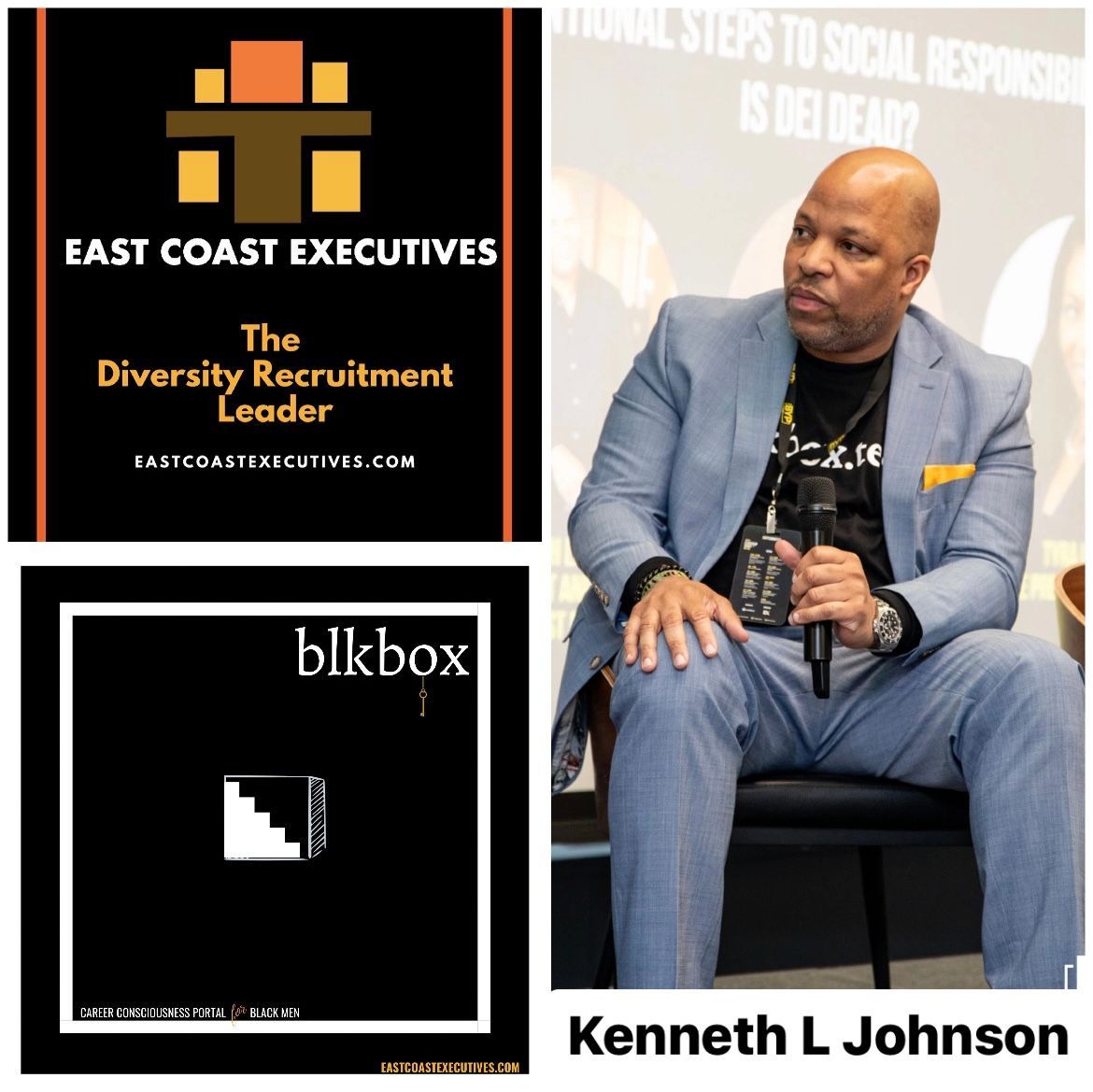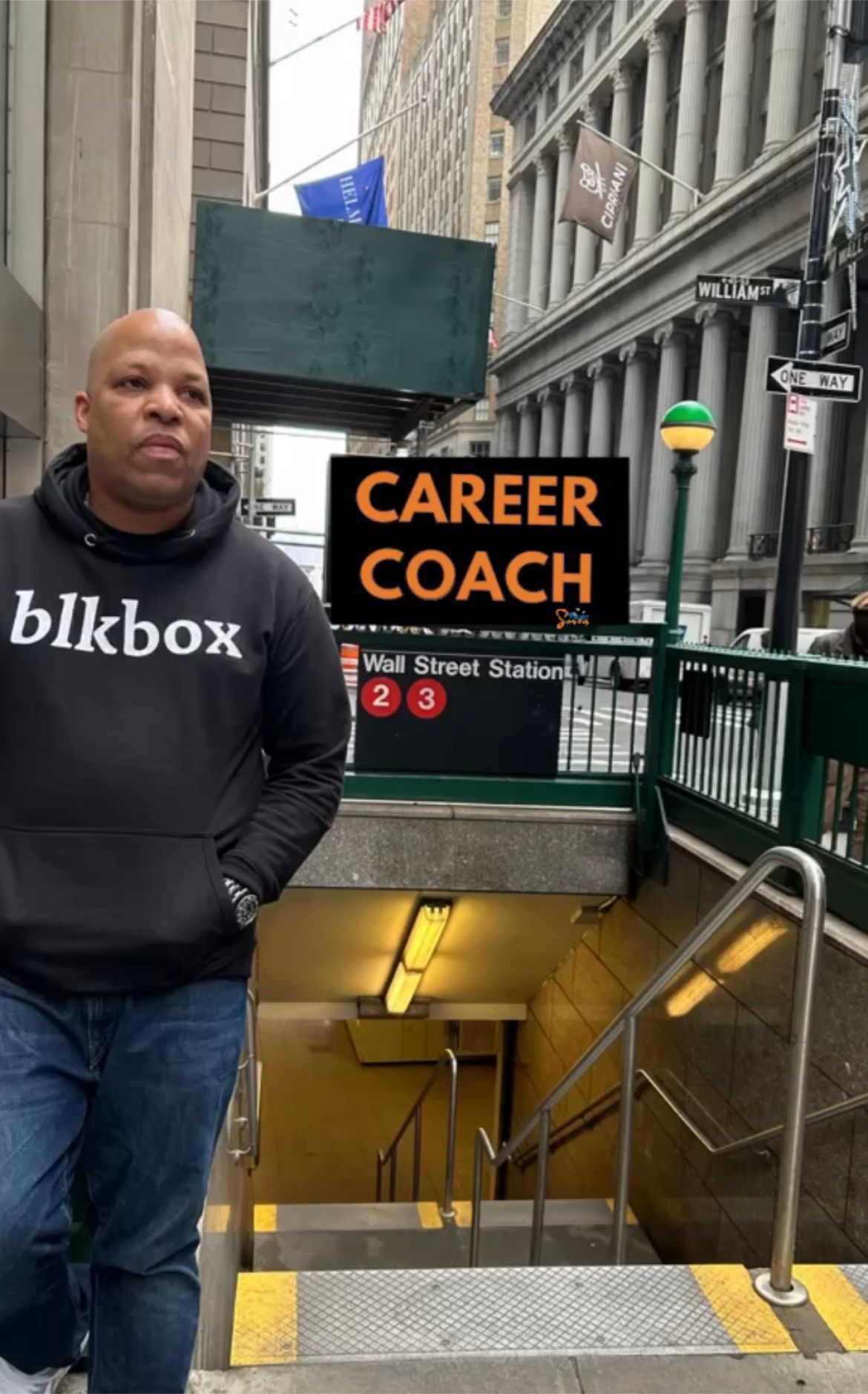Kenneth L. Johnson talks Diversity and Employer Branding Recruitment mistakes with Kununu

For those who are familiar with the general concept of company branding, employer branding sounds pretty straightforward. All you have to do is show that you’re a good employer by creating well-written job descriptions, having a thoughtfully designed career page, and demonstrating a positive company image to the world in as many ways as possible. Sounds simple enough, right? Well yes, but there’s more to it than that.
For starters, it’s crucial today more than ever to have authentic employee-centered content out there on social media.
- Here’s an example from our Kununu's Instagram :
That’s just one positive example.
But since you probably don’t need us to go over each and every piece of employer branding (feel free to check out our roundup of employer branding definitions here though!) we asked a bunch of experts who deal with company and employer branding on a regular basis to share their perspective on the #1 most common employer branding mistake(s) they see companies make. The experts we talked to include senior-level marketing executives, VP’s of HR, directors of employment and recruiting, and more.
To help you avoid the main employer branding pitfalls that lead to lost candidates, here are the 10 major (and most common) employer branding mistakes our experts shared:
1. Using excessive enthusiasm for your company culture to show how great you are
“The #1 Employer Branding mistake companies make is mistaking hyperbolic enthusiasm for a true representation of company culture. What does that mean? Here’s an example: you don’t need to look far to find job descriptions asking for ninjas, rockstars, or unicorns. Nevermind the gender-biased baggage descriptions like these carry – they tell job seekers nothing about the company. Too often we mistake the use of fun and quirky words for a fun and quirky culture.
Companies that excel at employer branding don’t need to fluff their career pages with hyperbole and jargon. They provide specific examples of the projects an applicant can expect to work on, highlight opportunities for career advancement, and flaunt the successes of their teams.”
– Jon-Mark Sabel, Content Strategist at HireVue
2. Relying on over-zealous self-promotion
“The biggest mistake I’ve seen with companies in regards to their employer branding is over zealous self-promotion. This includes things like over abundance of company branded clothing and accessories, too much pushing of extra-curricular company activities, as well as the promotion of CEO cult-like character.
Google can pull of their super-Google brain washing because they are a dominant global player in tech. Most small to medium sized companies however can’t pull off the same thing and shouldn’t try. Your CEO is not Steve Jobs so don’t try to make hires worship him/her as such.
At the end of the day a lot of people just want a good paying job that gives them some means of personal satisfaction, they don’t want to join your corporate cult. We all need a healthy work/life balance with proper separation of the two.”
– Rudeth Shaughnessy, a former HR Director and current Editor at Copy My Resume
3. Imitation and false promises to prospective employees
“Employer Branding impacts the existing workforce as much as helping attract new employees. At the heart of all branding should be an authentic representation of the values and culture of the company. Companies make a mistake when they try to compete with others or imitate others when it is not authentic to their own culture. It makes a false promise to employees and candidates. When the truth is realized, the consequences are worse than if the company/ brand had been truthful originally. Being aspirational is good, but the brand needs to reflect a commitment to values, not just a temporary trial of today’s popular management theory.”
– Lynne McNamee, President of Lone Armadillo Marketing Agency
4. Messing up the first impression and key aspects of the whole candidate experience
“There are quite of few things vying for #1 employer branding mistakes. But top of mind is the candidate experience. First impressions count and most companies do a horrible job of managing it well. They don’t acknowledge that most candidates visit the company website before they apply. Career pages are either difficult to find or non-existent. When candidates finally do arrive, they are met with a list of cold job postings and corporate job descriptions. It’s like being met at the front door of a restaurant with the terms and conditions required of their guests. Candidates must be treated as guests of the business, not 2nd rate citizens.
When candidates do apply, it seems the candidate experience just goes down hill. Most applications are relics ofthe 1970s. Many can’t be completed on a mobile device. Some even require that they be downloaded and mailed or faxed back. If a candidate hasn’t abandoned the process by now, the completed application or resume often gets lost in HR’s black hole. Whenever the candidate experience fails, word spreads mighty fast through the labor market. The solution is treat each candidate as a special guest. Make the application friendly and responsive. And don’t miss a single opportunity to communicate with all applicants, not just the top ones.”
– Ira S Wolfe, President of Success Performance Solutions, TEDX Speaker and Author of “ Recruiting in the Age of Googlization ”
5. Forgetting about outside validation to support your employer branding
“Many companies also don’t do a thorough job of ensuring they have good, third party validation for their company and branding efforts. Reviews on company review websites can severely impact people’s desire to want to work for certain businesses. Depending on what reviews are left on third party websites can influence how people look at companies’ brands. This is why keeping tabs on the reviews left by current and former employees is SO important.
Social media can also help showcase employer brands. If potential hires-especially millennials–look at the company’s social pages and see what a fun, relaxed, supportive atmosphere an office has, they’ll be likely to apply for that position over a place that seems to have a dry and stale atmosphere.”
– Bret Bonnet, Director of Employment and Recruiting at Quality Logo Products, Inc.

6. Believing that compensation is the most important thing to candidates
“After 9 years of work, I can assure you that the BIGGEST mistake that is made is *believing that compensation is the top deciding factor for high performers who are looking to make a job move. At the beginning something that we highlighted a lot was the good payment we were willing to make the candidate. However, this is NOT the most important thing. It is a point to keep in mind, but not the key that helps the best candidates to make their final decision.
The most important candidates take into account the challenge for which you want to hire them, the team with which they will work and the mission of the company (the why?). Thanks to this change of focus we could observe in our company an increase in the recruitment effectiveness of 24.9% (yes, AMAZING!). Next time do not focus on the salary, there are other things more important for the best candidates.”
– Cristian Rennella, VP of HR and Co-Founder of elMejorTrato.com
7. Thinking that employer branding is a one time effort
“One of the biggest mistakes I see employers make is thinking that building an employer brand is a one-time effort. Make a video, build a page, post the jobs, show smiling faces – the end. In reality, your brand is constantly evolving and you need to continue to iterate on your story as your company scales and shifts. You need to work hard to show how valuable your employees are to you, what your brand stands for, and how those values exist within and across your team (not simply from a one-time campaign).”
– Jenna Weinerman, Marketing Director of Updater
8. Spend time creating an employer brand, but not backing it up
“The number one mistake employers make with employer branding is to spend time creating it but not follow through on implementing it throughout the employee experience.
While defining an employee value proposition is important, it should be lived rather than stated. The values that you outline in your employee value proposition should be aligned with your external, consumer brand and become inherent in all of your employee communications. Employer branding is a guidepost to help you create the employee experience that aligns with your external brand, attracts top talent, and builds internal culture. The employee brand should be communicated throughout the employee experience, but begin at the very beginning with the job post, continue through the hiring and on-boarding process, and be present in ongoing processes such as annual reviews or benefits enrollment.”
– Alice W. Chin, HR Consultant and Founder of Your Other Half
9. Having no set rules or code of conduct when it comes to your employer brand
“While there are many things to be conscious of when discussing employer branding, most often the biggest oversight that I encounter is that no set rules or code of conduct is outlines when it comes to managing a company’s online employer brand. Leaving the level of expectation open to interpretation can be the major cause of not only gross brand misrepresentation but also the possibility of clientele loss and negative media feedback. Establishing a clear understanding on what is expected of all individuals maintaining the online presence, gives employees and consultants a roadmap to supporting a company’s mission and values successfully.”
– Marianne Pestana, Radio Show Host, Leadership Coach and CEO of Marianne Pestana LLC
10. Failing to align internal and external employer branding, marketing and recruitment strategies
“With the constant discussions of workplace culture claiming a space on the landscape of corporate sustainability, the competitive arms race to identify and secure the world’s top talent is real. The number #1 mistake I see companies making is definitely their failure to align internal and external employer branding, marketing and recruitment strategies with the needs of their current and future customer base in mind. Most organization remain neglectful in their willingness to show company diversity through website images, blog post and conventional advertising.
In today’s Human Capital market this can produce a negative effect that leaves top diversity candidates with the belief that they are not welcomed and/or appreciated. This piece isn’t meant for me to hail the merits of a diverse workforce and present the avalanche of research and studies that support its positive impact but if a company is unwilling to acknowledge the face of it’s customers with positive wording and imagery then they have made a crucial mistake in their efforts to attract, recruit and secure a larger talent pipeline. The best candidates do their research and make informed decisions and it’s extremely important for companies to open up the door and invite them in to see see for themselves. This is accomplished through responsible and creative Employer Branding campaigns.”
– Kenneth L. Johnson, President of East Cost Executives
